Researchers at King’s College London have achieved previously unseen levels of control over the travelling direction of electromagnetic waves in waveguides.
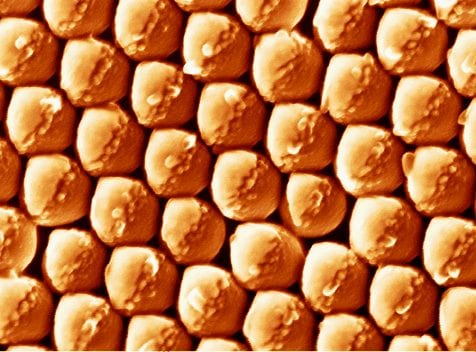
Nanostructured system combines nanotechnology with artificial opals
Novel hybrid system with gold nanocrescents evaporated over artificial opals shows unexpected optical properties.
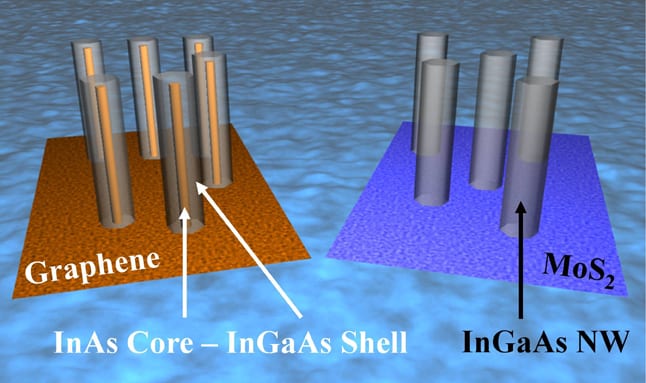
Nanowires on graphene uncover new epitaxy paradigm
Discovery comes as researchers set out to grow nanowires of a compound semiconductor on top of a sheet of graphene.
Nanoparticle chain assembly observed in situ
Argonne scientists see nanoparticles form larger structures in real time.
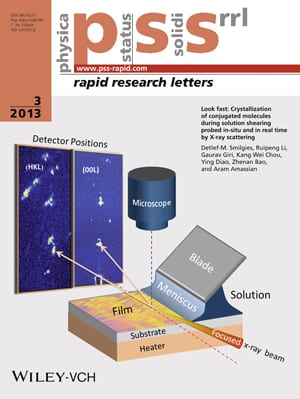
Ultrathin transistors can be spread like butter
Cornell scientists develop a novel process of spreading extremely thin organic transistors, and used synchrotron X-rays to watch how the films crystallize.
Magneto-electric nanoparticles deliver anti-HIV drug to the brain
Nanoparticles can cross the blood-brain barrier and send a significantly increased level of AZTTP to HIV-infected cells.
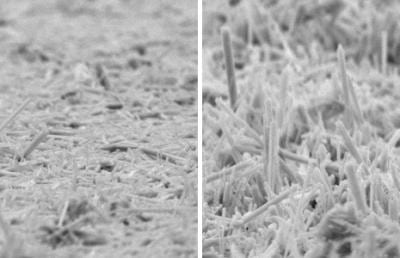
High-performance capacitors could come from manganese dioxide nanorods
Fabricated nanorods are not only straight and tall (at least by nano-standards), but also have an optimal crystal structure.
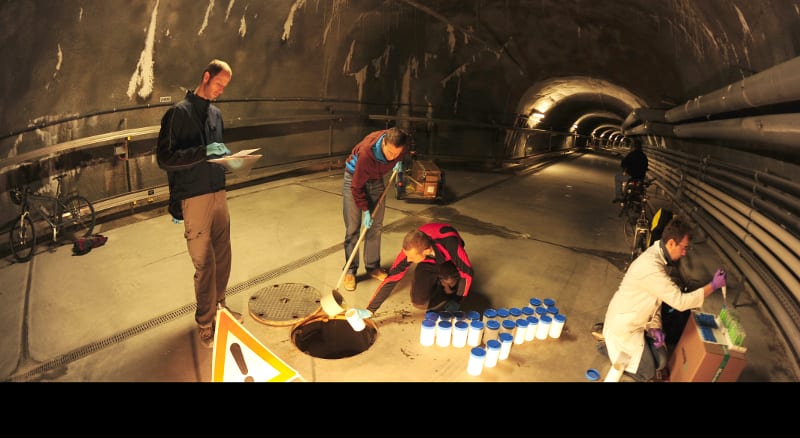
Major study into the environmental effects of nanosilver
Swiss researchers show that nanosilver is quickly transformed into less problematic substances on its way to the wastewater treatment plant.
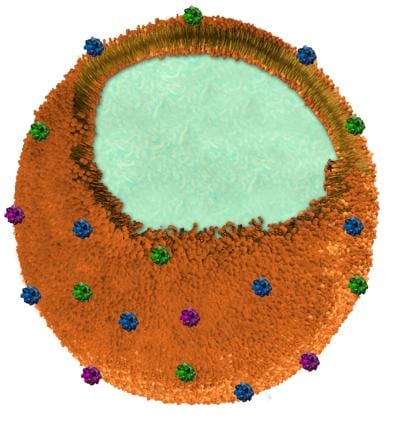
Nanosponge can suck poison from the bloodstream
Absorbent nanostructures can neutralize pore-forming toxins and remove a broad class of dangerous toxins.
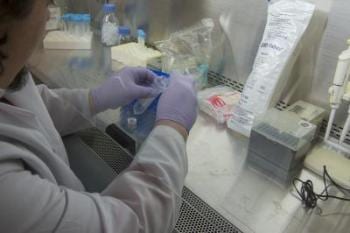
Bozhi Tian awarded Searle Scholar grant for nanoelectronics research
Project is titled “Silicon-based Biomaterials for an Electrical Study of Single-Neuron Dynamics.”










